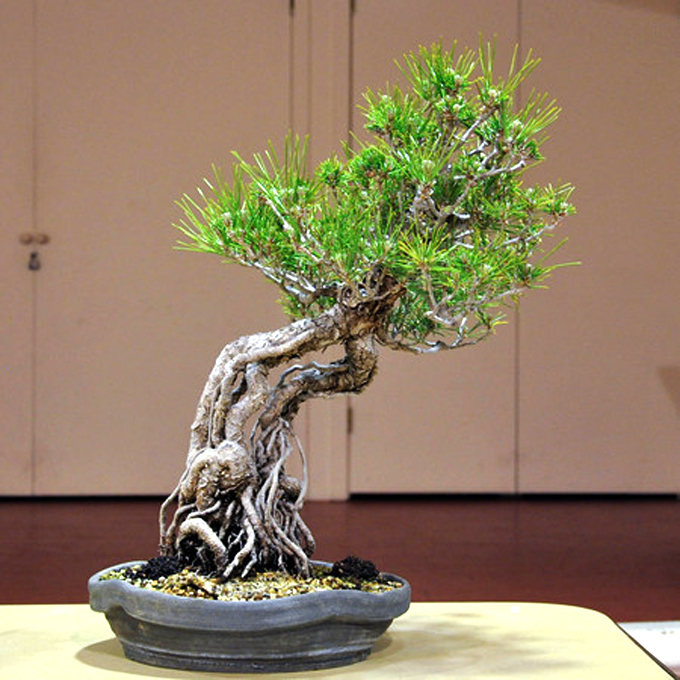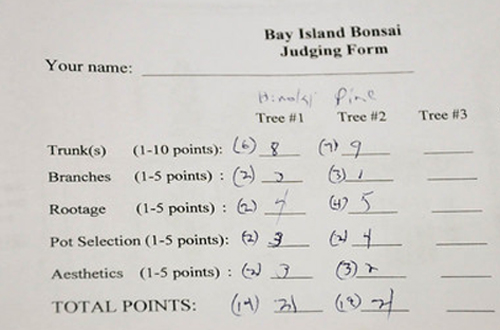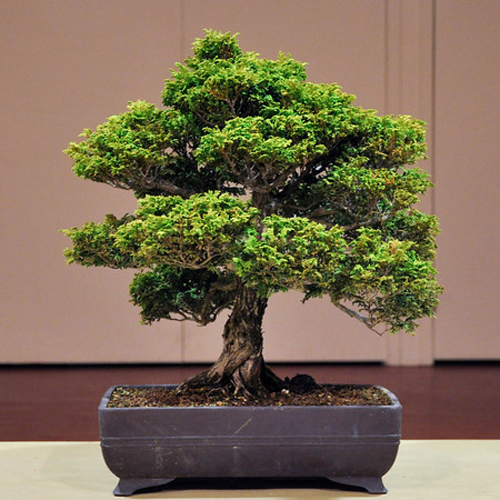 Japanese black pine from Bay Island Bonsai via Bonsai Tonight. Still a ways to go, but perfect for learning how to evaluate bonsai.
Japanese black pine from Bay Island Bonsai via Bonsai Tonight. Still a ways to go, but perfect for learning how to evaluate bonsai.
Good timing
Thanks to Jonas of Bonsai Tonight for posting this timely article on judging bonsai. Our $1,000 Bonsai from Scratch contest is in full swing (it’s not too late to enter) and a question that arises around any bonsai contest is: how are bonsai judged?
 Bay Island Bonsai‘s judging form that was designed by Boon Manakitivipart. If you go to Bonsai Tonight you’ll see a number of forms that were used to evaluate these two trees (the Hinoki <it’s actually a Tsukomo> is below). The numbers in parenthesis were added after a consensus had been reached. In this way, using this form to judge trees becomes a learning technique (if this isn’t clear, check out what Jonas has to say about it).
Bay Island Bonsai‘s judging form that was designed by Boon Manakitivipart. If you go to Bonsai Tonight you’ll see a number of forms that were used to evaluate these two trees (the Hinoki <it’s actually a Tsukomo> is below). The numbers in parenthesis were added after a consensus had been reached. In this way, using this form to judge trees becomes a learning technique (if this isn’t clear, check out what Jonas has to say about it).
 The other tree. The judging form above says Hinoki (cypress), but it’s a Tsukomo cypress. No fault, they look a lot alike and are quite similar in many respects (same genus, different species).
The other tree. The judging form above says Hinoki (cypress), but it’s a Tsukomo cypress. No fault, they look a lot alike and are quite similar in many respects (same genus, different species).
For the whole article, you can visit Bonsai Tonight.
Speaking of Japanese black pines (top photo), the second printing of our Masters’ Series Pine book is due next month.
Great stuff. I’ve doing some airlayering here on Kauai for awaile now and just can’t believe the doors this opens. And it’s really pretty easy. Airlayering in the wild is also very productive
Thanks Lance,
Air-layering is a great practice for achieving quality bonsai fairly fast. And it works particularly well in the tropics. Send some photos if you get a chance.